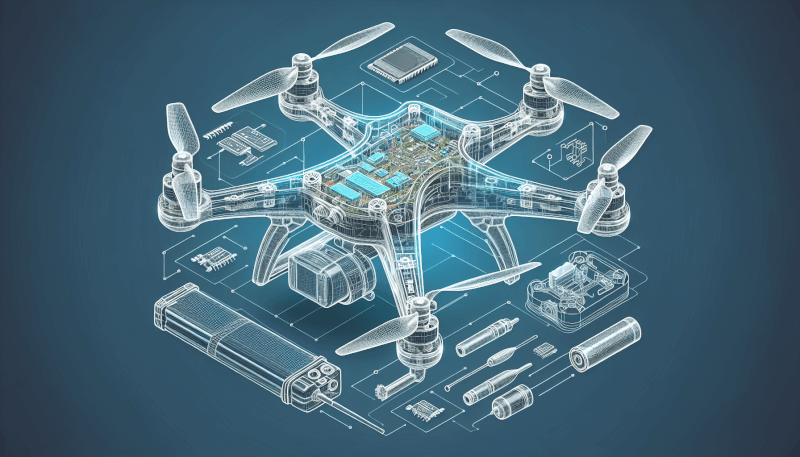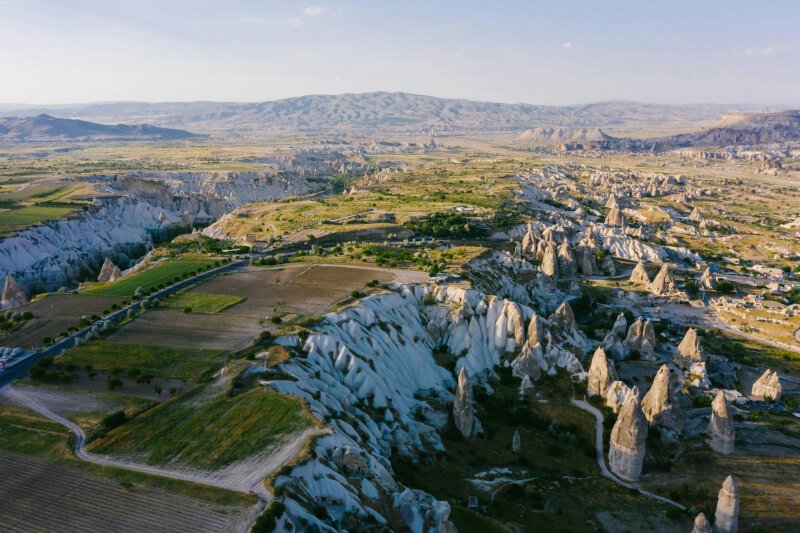Are you an avid drone enthusiast, but find yourself frustrated when technical issues arise? Look no further, as this article explores the best ways to troubleshoot common drone technical issues. From battery problems to connectivity and control issues, we will guide you through step-by-step solutions that are easy to follow, ensuring you don’t miss a beat when it comes to flying your drone. So grab your drone and get ready to conquer any technical hiccup that comes your way!
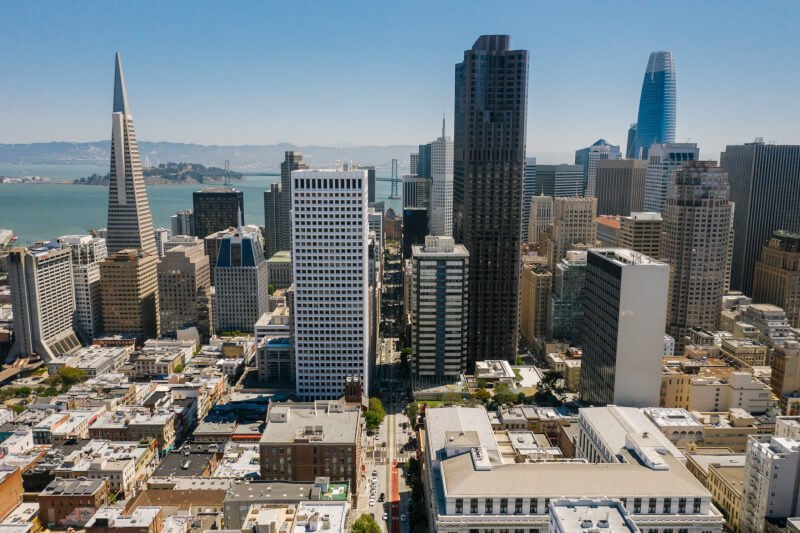
Battery Issues
Drone not powering on
If your drone is not powering on, the first thing you should check is the battery. Ensure that it is fully charged by using a compatible charger. If the battery has been sitting idle for a long time, it may have discharged significantly, so give it enough time to charge completely. Additionally, make sure the battery is properly inserted into the drone and securely connected. If the battery is old or damaged, it may need to be replaced.
Battery not holding charge
If you find that your drone’s battery is not holding charge as long as it used to, there could be a few reasons for this. First, check if the battery has any visible damage, such as bulging or leaking. Damaged batteries should never be used and should be replaced immediately. Additionally, ensure that you are properly storing the battery when not in use and following the manufacturer’s recommendations for charging cycles. If the battery is not holding a charge even after proper storage and usage, it may be time to invest in a new battery.
Battery draining too quickly
If you notice that your drone’s battery is draining much faster than usual, there may be a few factors at play. First, check if any background processes or apps are running on your drone that may be consuming additional power. Close any unnecessary apps or processes to conserve battery life. Additionally, flying in windy conditions or at high speeds can put extra strain on the battery, causing it to drain faster. Consider adjusting your flying style or flying in calmer conditions. Lastly, extreme temperatures can also impact battery life, so ensure you are flying within the recommended temperature range for your drone.
Connection Problems
Drone not connecting to controller
If your drone is not connecting to the controller, try the following troubleshooting steps. First, ensure that both the drone and the controller are powered on and the batteries are adequately charged. Make sure that the drone is in pairing mode and that the controller is in range of the drone. Check for any physical obstacles or interference that may be affecting the connection. If all else fails, try resetting both the drone and the controller to their default settings and attempt the connection again.
Weak or intermittent signal
If you are experiencing a weak or intermittent signal between your drone and controller, there are a few possible causes. First, check if the antennas on both the drone and the controller are properly positioned and not damaged. Consider upgrading to a higher-gain antenna for improved signal strength. Fly in open areas away from sources of interference such as power lines, Wi-Fi routers, or other electronics. Lastly, ensure that there are no other devices nearby that may be using the same frequency as your drone’s controller, as this can cause signal interference.
Loss of signal during flight
If you are losing signal with your drone while in flight, it can be a nerve-wracking experience. First, try to regain control of the drone by moving to an area where the signal is stronger. Ascend or change your drone’s position to improve signal reception. If you have visual contact with the drone, try pointing the controller’s antenna directly at the drone. If all else fails, enable the return to home feature on your drone, which will automatically bring the drone back to its takeoff point if it loses connection. Always maintain line of sight with your drone to prevent signal loss.
GPS and Navigation Issues
Inaccurate or drifting GPS position
If your drone’s GPS position is inaccurate or drifting, there are a few steps you can take to troubleshoot the issue. First, ensure that the GPS module on your drone is properly calibrated. Follow the manufacturer’s instructions for calibrating the GPS, as this can greatly improve accuracy. Fly in open areas with a clear view of the sky, as buildings, trees, or other obstructions can interfere with GPS signal. If the issue persists, update the firmware on your drone and its GPS module, as software updates often include improvements in GPS functionality.
Drone not returning to home
The return to home (RTH) feature is designed to bring your drone back to its takeoff point automatically. If your drone is not returning to home as expected, there are a few possible causes. First, check if the RTH mode is properly enabled in your drone’s settings. Ensure that the home point is correctly set and that the GPS signal is strong. If you are flying in an area with poor GPS coverage, the RTH feature may not work reliably. Always test the RTH function in a safe and open environment before relying on it during a flight.
Erratic flight behavior
If your drone is exhibiting erratic flight behavior, it can be a cause for concern. First, check if the drone’s propellers are properly secured and not damaged. Loose or damaged propellers can cause instability during flight. Next, recalibrate the drone’s gyroscope and accelerometer, as these sensors play a crucial role in stabilizing the drone. Ensure that your drone’s firmware is up to date, as manufacturers often release updates to address flight stability issues. Lastly, avoid flying in high winds or adverse weather conditions, as these can impact the drone’s flight performance.
Camera and Gimbal Problems
Blurry or inconsistent image quality
If you are experiencing blurry or inconsistent image quality from your drone’s camera, there are a few things you can check. First, ensure that the camera lens is clean and free from any smudges or dirt. Adjust the camera settings such as focus, exposure, and white balance for optimal image quality. If the issue persists, check if the gimbal is properly calibrated, as an improperly calibrated gimbal can cause vibrations or shaking that impact the image quality. If all else fails, consider upgrading to a higher-quality camera or contacting the manufacturer for further assistance.
Gimbal not stabilizing properly
A gimbal is responsible for stabilizing the camera on your drone, allowing for smooth and steady footage. If your gimbal is not stabilizing correctly, there are a few troubleshooting steps to try. First, check if the gimbal is properly balanced and calibrated. Adjust the gimbal’s balance by following the manufacturer’s instructions and guidelines. Ensure that the gimbal’s motors are functioning correctly and not obstructed. If the issue persists, consider updating the gimbal firmware or contacting the manufacturer for further assistance.
Camera not recording or saving footage
If your drone’s camera is not recording or saving footage, it can be frustrating. First, check if there is sufficient storage space available on the drone’s SD card. Consider formatting the SD card to ensure it is not corrupted or full. Verify that the camera settings are correctly configured to record and save footage. If the issue continues, try using a different SD card to rule out any issues with the existing one. If all else fails, contact the manufacturer for further assistance.
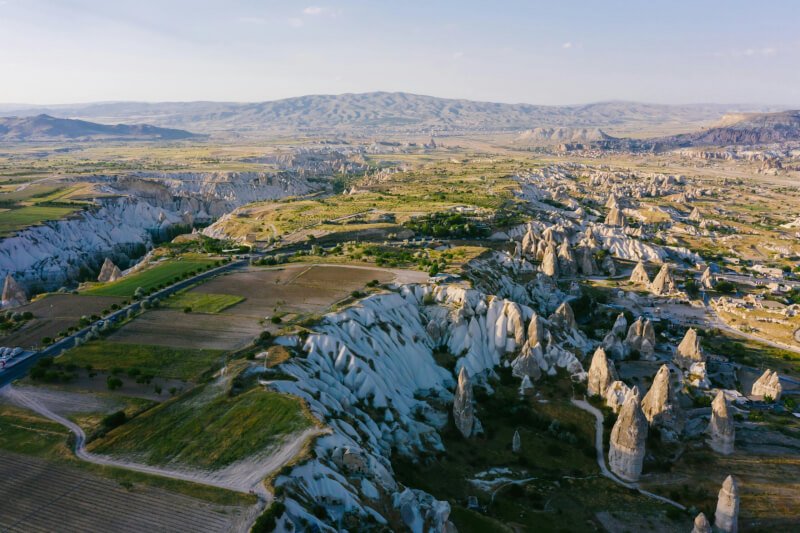
Motor and Propeller Troubles
Motor not spinning
If one or more motors on your drone are not spinning, there may be a few potential causes. First, check if the motor connections are secure and properly plugged in. Inspect the motor wires for any signs of damage or fraying. If the motors are not spinning even after these checks, it is possible that the motors themselves are faulty and need to be replaced. This requires technical expertise, so it may be best to consult a professional or contact the manufacturer for assistance.
Abnormal motor vibrations
If you notice abnormal vibrations coming from your drone’s motors, it can indicate a problem. First, check if any debris or foreign objects are stuck in or around the propellers or motors, as these can cause imbalance leading to vibrations. Ensure that the propellers are securely mounted and balanced properly. In some cases, vibrations can be caused by damaged or worn-out propellers, so consider replacing them if necessary. If the issue persists, it may be a sign of a deeper mechanical or electrical problem, and professional repair may be necessary.
Propellers not spinning evenly
If your drone’s propellers are not spinning evenly, it can impact flight stability and performance. First, check if the propellers are securely attached to the motors and are not obstructed by any debris or objects. Ensure that the propellers are mounted in the correct position, as improper installation can result in uneven spinning. If the propellers are balanced but still not spinning evenly, it could indicate a motor issue. In this case, consult a professional or contact the manufacturer for further assistance.
Software and Firmware Glitches
App crashes or freezes
If the app you use to control your drone crashes or freezes, it can be frustrating. First, ensure that you are using the latest version of the app, as updates often include bug fixes and stability improvements. Clear the app cache and restart your mobile device to eliminate any temporary glitch. If the issue persists, uninstall and reinstall the app to ensure a clean installation. If the problem continues, reach out to the app developer for support or contact the drone manufacturer for further assistance.
Inability to update firmware
Updating your drone’s firmware is crucial for improved performance and bug fixes. If you are unable to update the firmware, there are a few potential solutions. First, check if you have a stable internet connection, as firmware updates require a reliable connection. Ensure that your drone’s battery has enough charge to complete the update process. If you encounter errors during the update process, restart the drone, controller, and app, and attempt the update again. If all else fails, contact the manufacturer for guidance and support.
Software not functioning properly
If the software on your drone is not functioning properly, it can affect various aspects of its performance. First, ensure that you have the latest version of the software installed. Perform a power cycle on the drone and the controller to reset any temporary issues. Check if any outdated or incompatible third-party apps are installed on your device, as these can interfere with the drone’s software. If the software continues to malfunction, contact the manufacturer for further assistance.
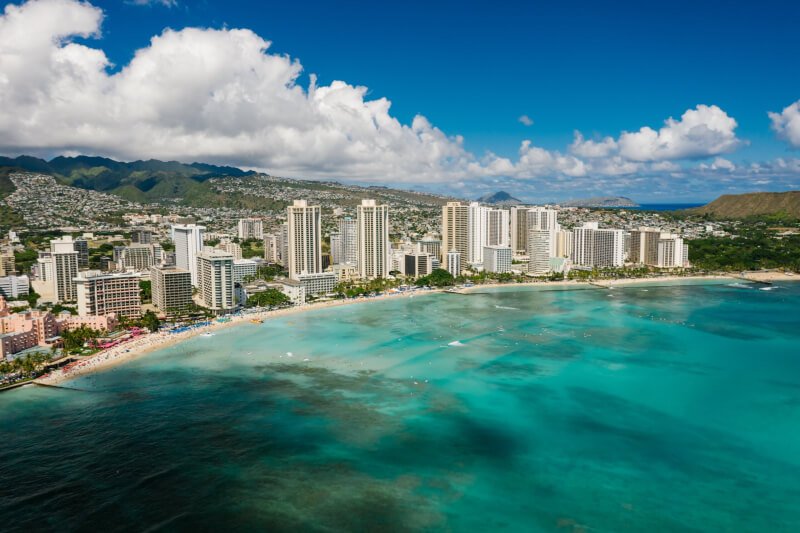
Remote Control Issues
Controller not syncing with drone
If your drone’s controller is not syncing or connecting to the drone, follow these troubleshooting steps. First, ensure that both the controller and the drone are powered on. Check if the controller’s batteries are properly inserted and adequately charged. Start by placing the controller in pairing mode and then power on the drone. If the issue persists, try resetting both the controller and the drone to their default settings and attempt the connection again. If the problem continues, contact the manufacturer for further assistance.
Unresponsive control inputs
If your drone is not responding to control inputs from the remote controller, there could be a few potential causes. First, check if the controller’s batteries are charged and installed correctly. Verify that the controller is properly synced with the drone, as an unsynced controller will not register any inputs. Some drones have a flight mode switch that needs to be set correctly for the controls to work. If the problem persists, contact the manufacturer for guidance and support.
Delayed response from controller
If there is a noticeable delay between when you input a command on the controller and when the drone responds, it can be concerning. First, ensure that the batteries in the controller are fully charged. Check if there is any interference or radio frequency interference in the environment that may be delaying the communication between the controller and the drone. Fly in open areas away from sources of interference to improve responsiveness. If the delay continues, contact the manufacturer for further guidance.
Storage and Memory Errors
SD card not recognized
If your drone’s SD card is not being recognized, it can prevent you from recording or saving footage. First, ensure that the SD card is properly inserted into the drone’s SD card slot. If the issue persists, check if the SD card is compatible with your drone, as some drones have specific requirements for memory cards. Try using a different SD card to determine if the issue lies with the card or the drone. If the problem continues, contact the manufacturer for assistance.
Insufficient storage space
Running out of storage space on your drone’s memory card can prevent you from recording new footage. To address this issue, offload any unnecessary files or footage from the SD card to free up space. Consider increasing the storage capacity of your SD card to accommodate more footage. Monitor and manage your files regularly to prevent the storage from becoming full. If the problem persists, format the SD card to ensure it is not corrupted and try again.
Corrupted or inaccessible files
If you encounter corrupted or inaccessible files on your drone’s memory card, it can be frustrating. First, check if the files are accessible on a computer or another device. If they are accessible, attempt to copy the files to a different location and then format the SD card. This can help resolve any potential file system issues. If the files remain corrupted or inaccessible, it may indicate a problem with the SD card itself. Consider using a different SD card or contact the manufacturer for further assistance.

Propeller Balance and Damage
Uneven propeller balance
If your drone’s propellers are unbalanced, it can lead to vibrations and affect flight performance. First, ensure that the propellers are properly mounted and securely attached to the motors. Inspect the propellers for any signs of damage, such as dents or cracks, as these can also cause imbalance. If you notice any imbalances, balance the propellers using a propeller balancer or consult a professional for assistance. Balanced propellers will reduce vibrations, improve flight stability, and enhance overall performance.
Cracked or bent propellers
Cracked or bent propellers can negatively impact flight performance and safety. If you notice any cracks or bends on your drone’s propellers, they should be replaced immediately. Flying with damaged propellers can lead to further damage or even accidents. Always carry spare propellers with you and inspect them before each flight. Replace any damaged propellers with new ones that are compatible with your drone. Properly maintained and undamaged propellers are crucial for safe and reliable drone flights.
Excessive propeller vibrations
Excessive vibrations from your drone’s propellers can indicate a problem that needs attention. First, check if the propellers are securely mounted and properly balanced. Loose or imbalanced propellers can cause vibrations during flight. Inspect the propellers for any signs of damage or wear, as worn-out propellers can also lead to vibrations. If the vibrations persist, it may be an indication of a motor issue. In this case, consult a professional or contact the manufacturer for further assistance.
Physical Damage and Crashes
Drone crash damage assessment
If your drone has been involved in a crash, it is essential to assess the damage and determine if any repairs are necessary. First, carefully inspect the drone for visible damage to the body, propellers, or other components. Look for any cracks, bends, or detached parts. Test each motor to ensure they are functioning correctly. If you are unsure about the extent of the damage, it may be best to consult a professional or contact the manufacturer for guidance. Always prioritize safety and thoroughly assess the drone before attempting to fly again.
Broken or detached parts
In the event of a crash or impact, it is common for parts of the drone to break or become detached. If you notice any broken or detached parts, such as arms, landing gear, or camera mounts, it is important to address them promptly. First, check if the broken or detached parts can be reattached or repaired. If not, contact the manufacturer for replacement parts. Avoid flying the drone with broken or detached parts, as it can jeopardize flight safety and result in further damage.
Water damage troubleshooting
If your drone has been exposed to water or moisture, immediate action is required to prevent further damage and potential malfunctions. First, power off the drone and remove the battery. Do not attempt to turn it back on until it has completely dried out. Dry the drone thoroughly using an absorbent cloth or towel. Remove any visible water from the motor, propellers, and other components. Place the drone in a well-ventilated area for several days to ensure it is completely dry. If the drone does not function properly after drying, contact the manufacturer for further assistance.
In conclusion, troubleshooting common drone technical issues requires a systematic approach and attention to detail. By following the steps outlined for each category, you can identify the root cause of the problem and take appropriate action. Remember to consult the manufacturer’s instructions and guidelines, and seek professional assistance if necessary. With proper troubleshooting and maintenance, you can ensure a smooth and enjoyable drone flying experience.
